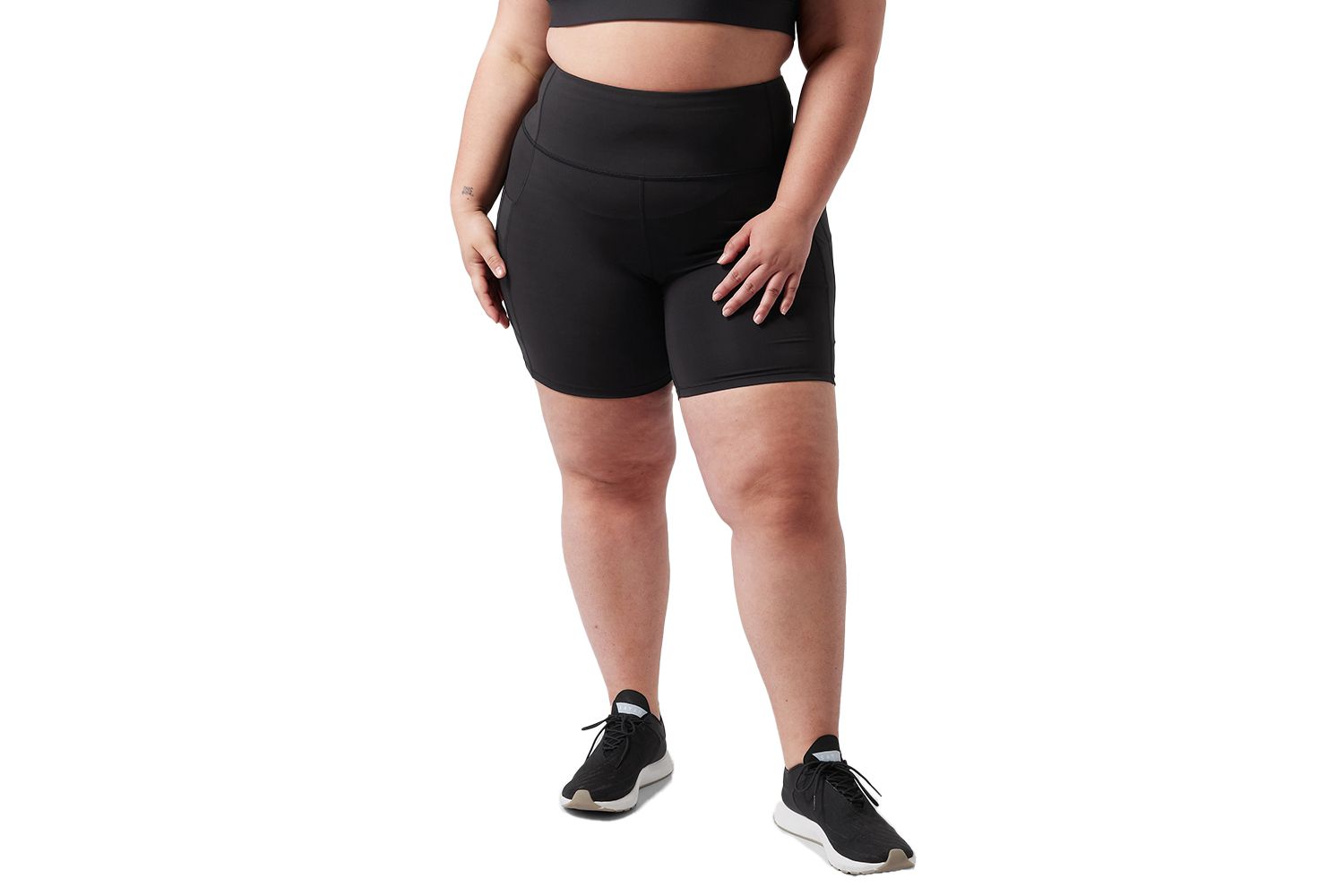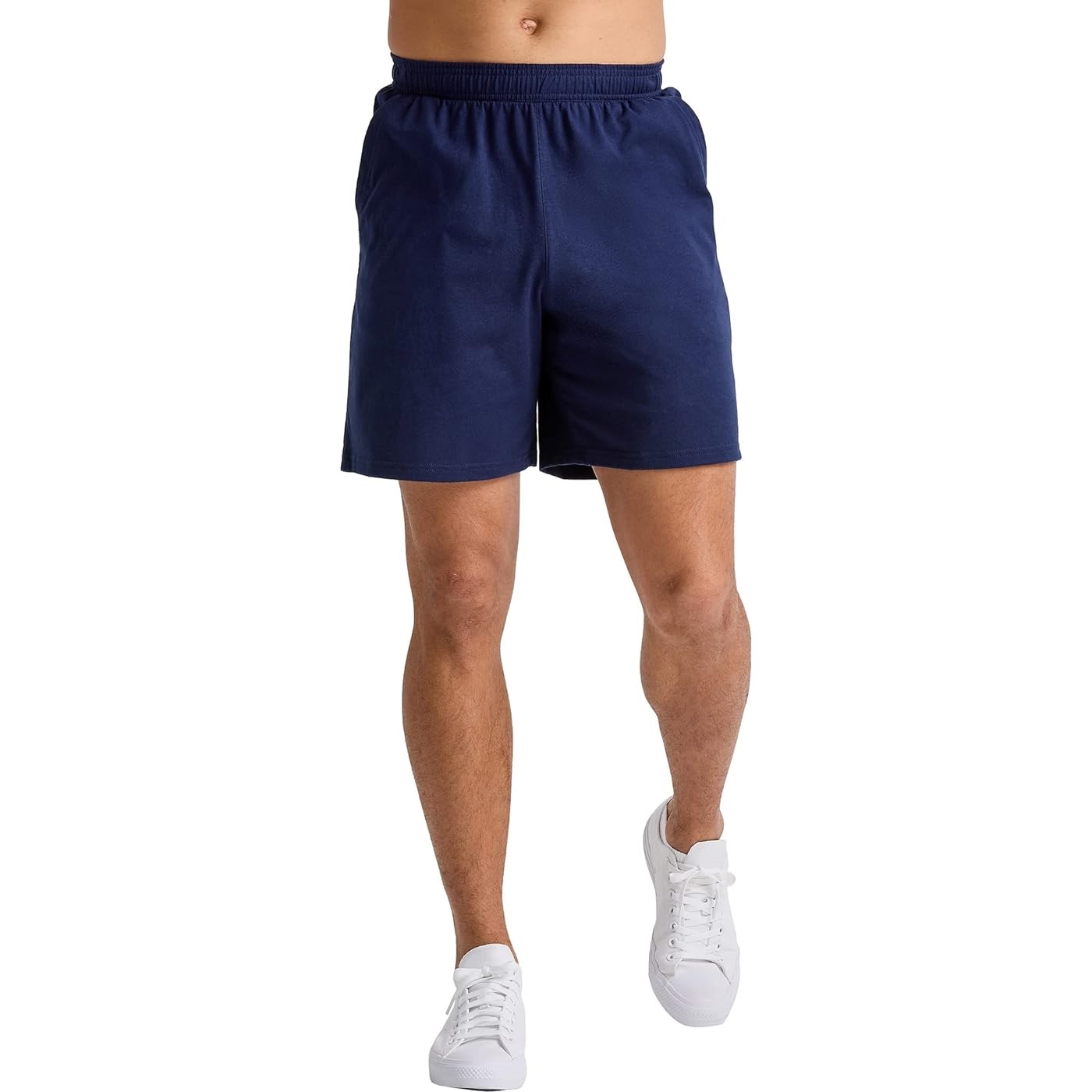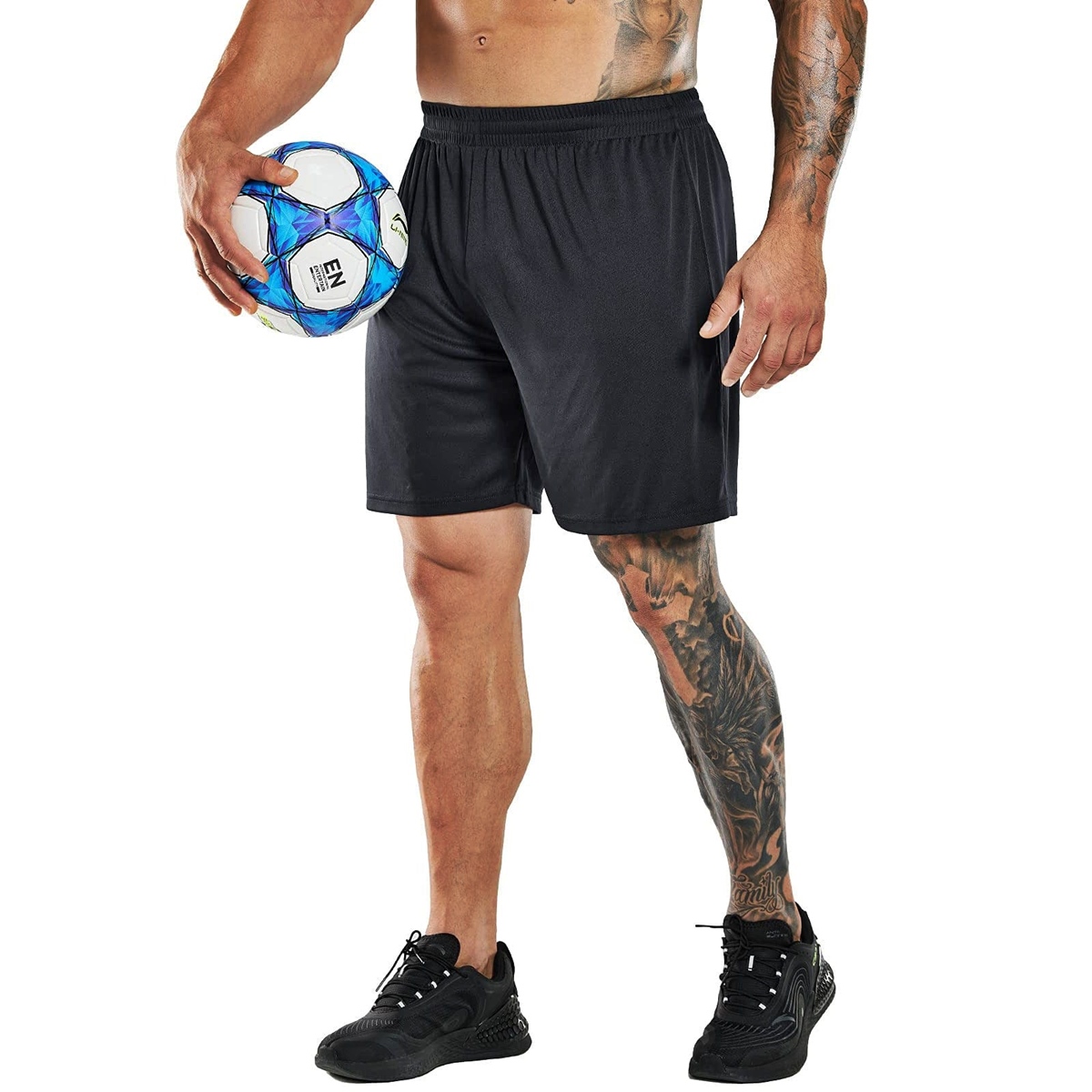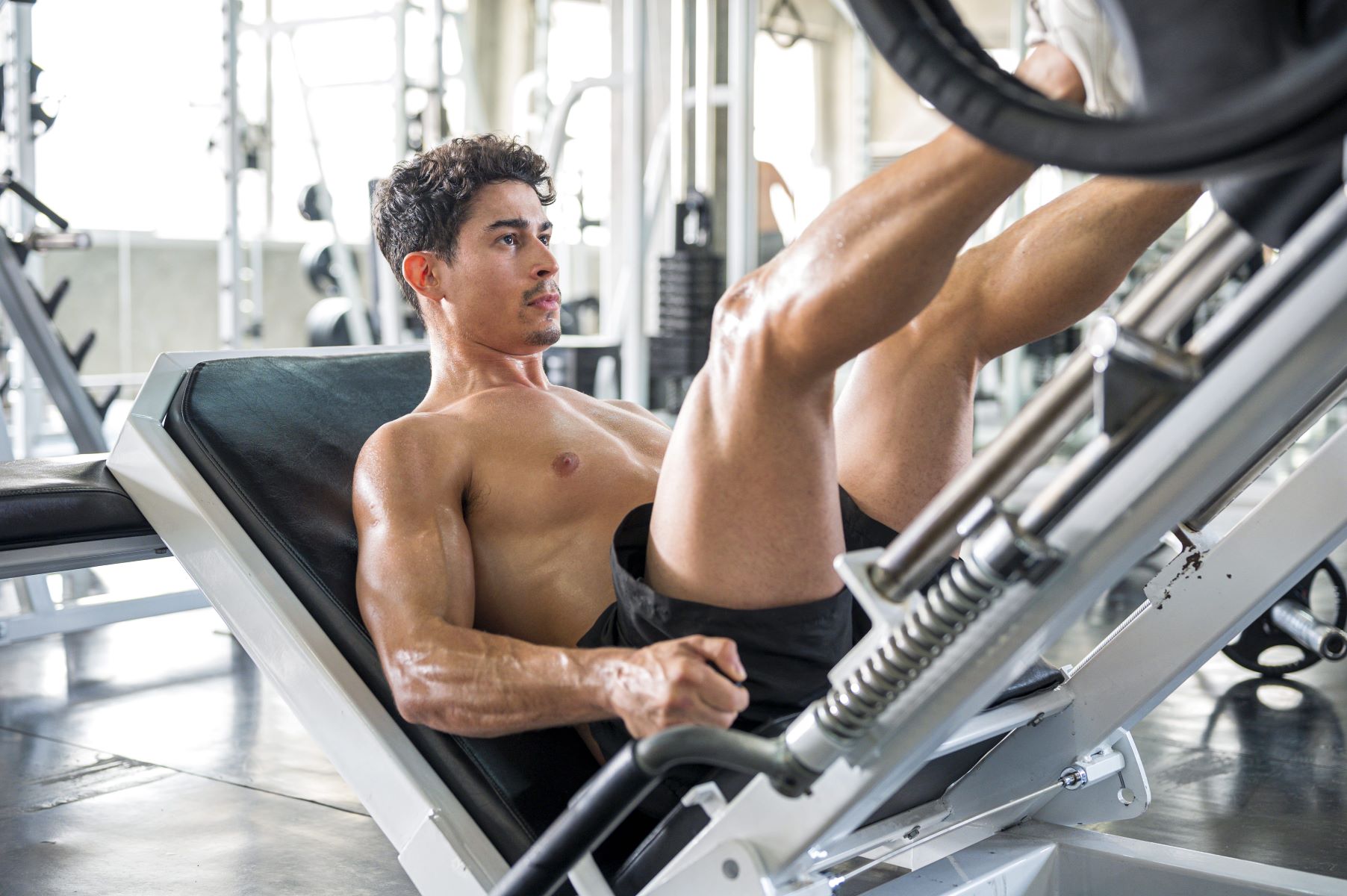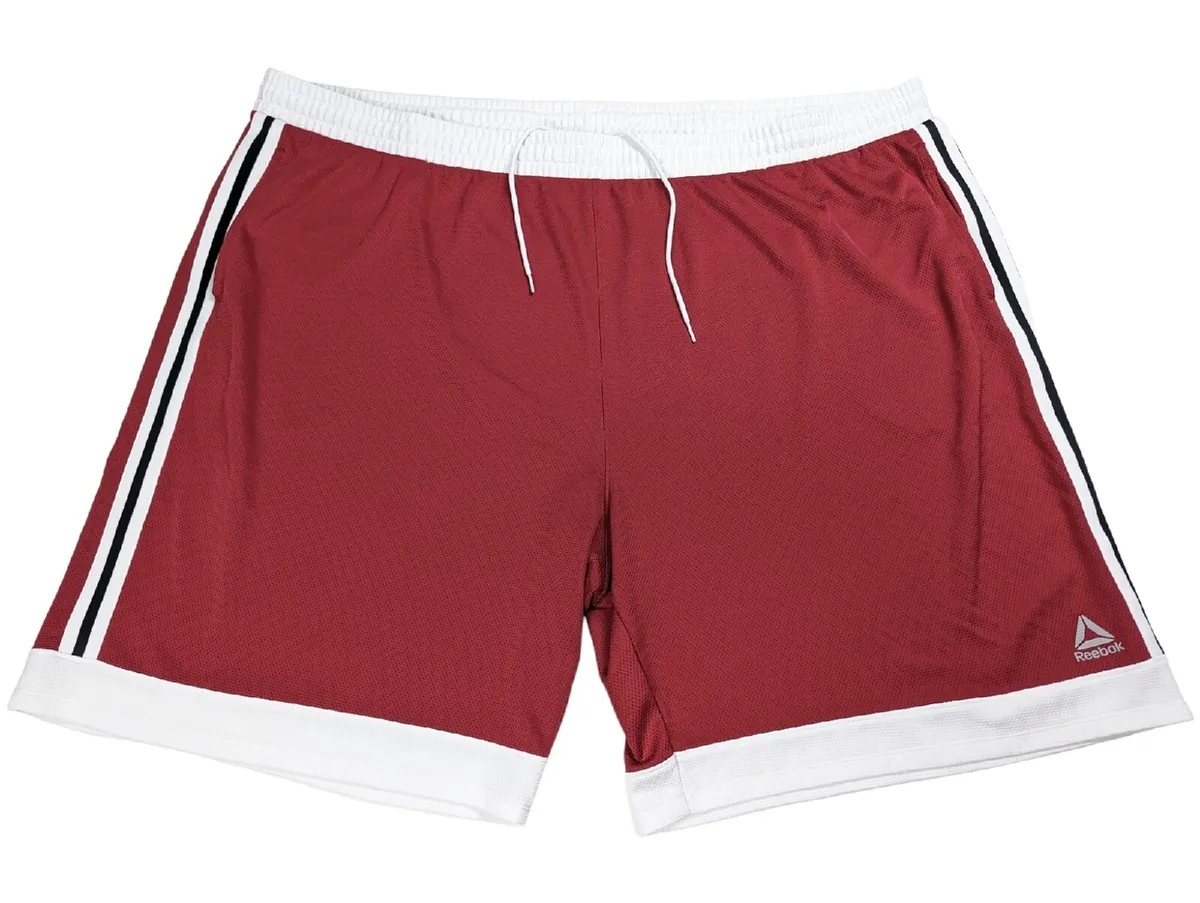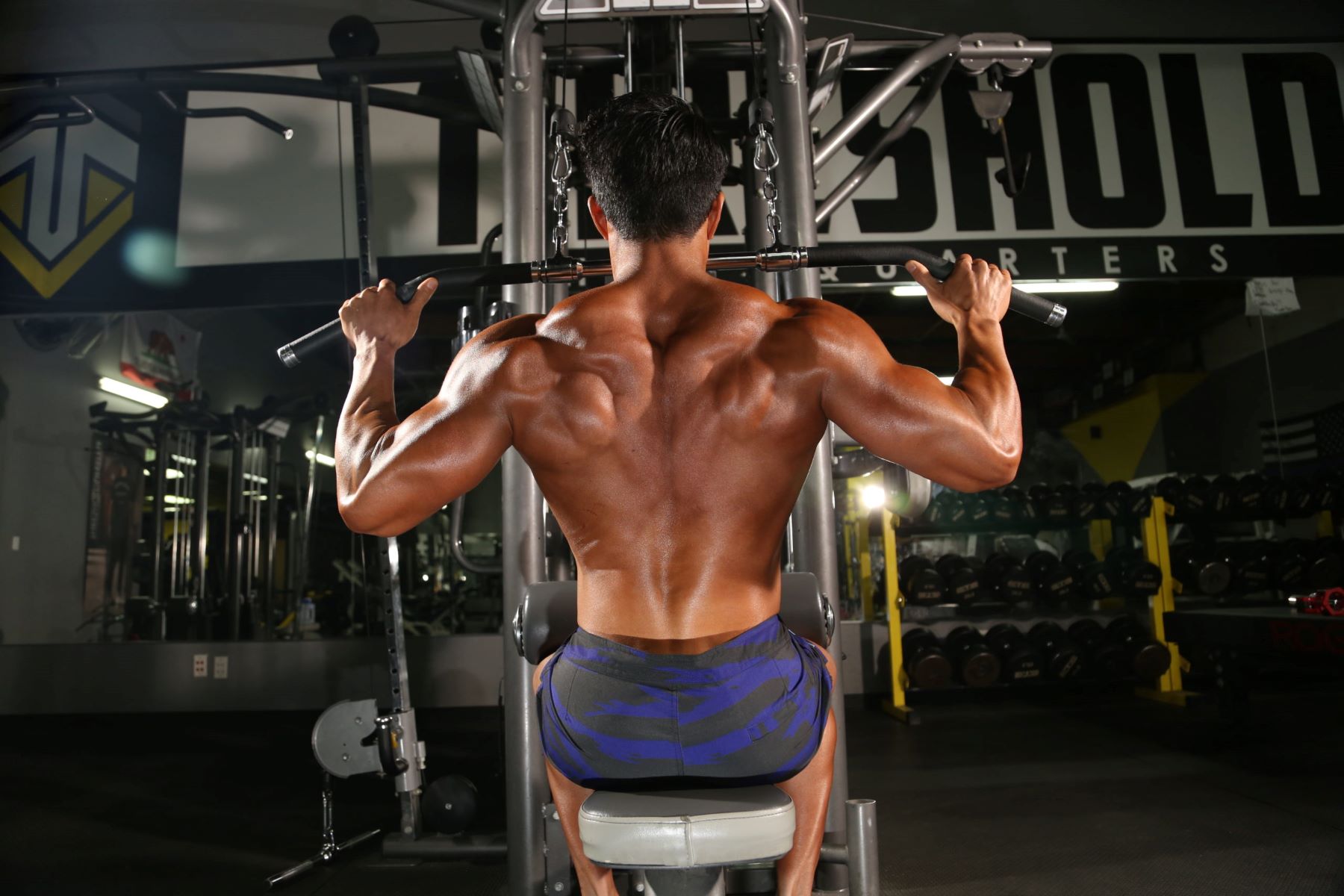

Featured
What Does Pull Day Workout
Modified: August 19, 2023
Learn all about the featured pull day workout and how it can help you strengthen your upper body and build a balanced physique.
Introduction
A pull day workout is an essential part of any well-rounded fitness routine. It primarily focuses on exercises that target the muscles involved in pulling movements, such as the back, biceps, and posterior deltoids. This type of workout is commonly performed alongside push and leg days, creating a balanced training regimen that targets all major muscle groups.
Engaging in a pull day workout offers numerous benefits for your overall fitness and strength. By incorporating a variety of pulling exercises into your routine, you can improve muscular strength and endurance, enhance posture and stability, and reduce the risk of imbalances or injuries caused by an overemphasis on pushing movements.
One of the main advantages of doing a pull day workout is its positive impact on your back muscles. The back is a significant muscle group that is often neglected in favor of more visible muscle groups, such as the chest and arms. However, neglecting the back can lead to postural issues and muscle imbalances that can affect your overall physique and well-being.
By incorporating pulling exercises into your workout routine, you can develop a strong and well-defined back. This includes targeting muscles like the latissimus dorsi (lats), rhomboids, trapezius, and the erector spinae. Strengthening these muscles can help improve your posture, promote a healthy spine, and enhance your overall athletic performance in various activities, such as weightlifting, sports, or even everyday tasks.
Furthermore, a pull day workout is not just about building a strong back. It also engages other muscle groups, such as the biceps, forearms, and posterior deltoids. By training these muscles together, you can create a well-rounded upper body physique that is both aesthetically pleasing and functional.
In this article, we’ll explore the benefits of a pull day workout, the main muscles targeted during this type of training, provide a sample workout routine, discuss specific exercises to include, and offer tips to maximize your results. So, if you’re ready to develop a stronger back, increase your pulling strength, and enhance your overall physique, let’s dive into the world of pull day workouts.
Benefits of Pull Day Workout
A pull day workout offers a range of benefits that can positively impact your overall fitness and physique. Here are some key advantages of incorporating a pull day into your training routine:
- Improved back strength: One of the main benefits of a pull day workout is the development of a strong back. Pulling exercises target the muscles in the back, including the latissimus dorsi, rhomboids, trapezius, and erector spinae. By strengthening these muscles, you can improve your posture, reduce the risk of back pain, and enhance your overall athletic performance.
- Enhanced upper body aesthetics: Including a pull day in your training routine helps create a well-rounded upper body physique. Pulling exercises engage muscles such as the biceps, forearms, and posterior deltoids, which can contribute to a balanced and sculpted look in your upper body.
- Better overall muscle balance: Many fitness enthusiasts focus heavily on pushing exercises, such as bench presses or push-ups, which primarily target the chest and anterior deltoids. However, neglecting pulling exercises can lead to muscle imbalances and postural issues. A pull day workout helps to counteract these imbalances by strengthening the back and posterior muscles, creating better overall muscle balance.
- Injury prevention: Apart from aesthetics and muscular strength, a pull day workout can also help prevent injuries. Strong back muscles and improved posture contribute to better spinal alignment and stability, protecting you from potential injuries during other exercises or daily activities.
- Increased functional strength: Pulling exercises are not just beneficial for lifting weights in the gym; they also improve your functional strength for daily activities. Whether it’s carrying groceries, lifting objects, or performing tasks that involve pulling motions, a stronger back and upper body can make these activities easier and less taxing.
- Improved grip strength: Pulling exercises often require a strong grip. Incorporating exercises like pull-ups, rows, or deadlifts into your pull day routine can help develop grip strength, which can be beneficial for various sports, activities, and even day-to-day tasks.
Main Muscles Targeted in Pull Day Workout
A pull day workout primarily focuses on targeting the muscles involved in pulling movements. By engaging these muscles, you can develop a strong and well-defined back, enhance upper body strength, and improve overall muscle balance. Here are the main muscles targeted during a pull day workout:
- Latissimus Dorsi (Lats): The lats are the largest muscles in the back and play a key role in pulling movements. Exercises such as pull-ups, lat pulldowns, and rows specifically target the lats, helping to develop width and thickness in the back.
- Rhomboids: The rhomboids are located between the shoulder blades and assist in retracting and squeezing the shoulder blades together. Rowing exercises, such as bent-over rows or cable rows, effectively target the rhomboids, helping to improve posture and upper back strength.
- Trapezius: The trapezius, often referred to as the “traps,” is a large muscle that runs from the base of the skull to the middle of the back. It is responsible for shoulder elevation, retraction, and rotation. Exercises like shrugs and face pulls engage the traps, helping to develop a strong upper back and neck region.
- Erector Spinae: The erector spinae muscles run along the spine and provide stability and extension of the back. Deadlifts and hyperextensions are excellent exercises for targeting the erector spinae, helping to strengthen the lower back and improve posture.
- Biceps: While the primary focus of a pull day workout is the back muscles, the biceps also play a secondary role in many pulling exercises. Movements like chin-ups, rows, and curls engage the biceps, helping to develop arm strength and size.
- Forearms: Gripping exercises, such as pull-ups or deadlifts, target the muscles of the forearms. Building forearm strength is important for overall grip strength and can benefit various activities that require a strong grip.
- Posterior Deltoids: The posterior deltoids, or rear delts, are the muscles located at the back of the shoulder. Exercises like face pulls and reverse flyes specifically target the rear delts, helping to develop shoulder stability and improve overall shoulder aesthetics.
By incorporating exercises that target these main muscle groups into your pull day workout routine, you can achieve a well-rounded and balanced upper body development.
Sample Pull Day Workout Routine
A well-structured and effective pull day workout routine combines various exercises that target the muscles involved in pulling movements. Here’s a sample pull day workout routine to help you get started:
- Warm-up: Start with 5-10 minutes of light cardiovascular exercise, such as jogging or cycling, to increase blood flow to the muscles and prepare your body for the workout.
- 1. Pull-ups: Perform 3-4 sets of pull-ups, aiming for 8-12 repetitions per set. If you’re unable to do full pull-ups, use an assisted pull-up machine or resistance bands to assist you.
- 2. Bent-over Rows: Do 3-4 sets of bent-over rows, using either a barbell or dumbbells. Aim for 8-12 repetitions per set, focusing on maintaining proper form and engaging the back muscles.
- 3. Lat Pulldowns: Perform 3-4 sets of lat pulldowns, using a wide grip attachment. Aim for 10-15 repetitions per set, focusing on squeezing the back muscles at the bottom of the movement.
- 4. Face Pulls: Do 3-4 sets of face pulls, using a cable machine and a rope attachment. Aim for 12-15 repetitions per set, focusing on squeezing the rear delts and retracting the shoulder blades.
- 5. Deadlifts: Incorporate 3-4 sets of deadlifts into your pull day workout routine. Use an appropriate weight for your fitness level and perform 6-8 repetitions per set, focusing on maintaining a flat back and engaging your leg and back muscles.
- 6. Hammer Curls: Include 2-3 sets of hammer curls to target the biceps. Use dumbbells and aim for 10-12 repetitions per set, focusing on keeping your upper arms stationary and engaging the biceps.
- 7. Forearm Exercises: Finish off your pull day workout with 2-3 sets of forearm exercises, such as wrist curls or reverse wrist curls. Aim for 12-15 repetitions per set and focus on maintaining proper form throughout.
Remember to rest for 60-90 seconds between sets to allow for adequate recovery. As you progress, you can increase the weight or repetitions gradually to continually challenge your muscles and promote growth.
It’s important to note that this is just a sample pull day workout routine and can be adjusted based on your fitness level, preferences, and specific goals. Consulting with a fitness professional can help tailor a program specifically for you.
Pull Day Workout Exercises
A pull day workout consists of a variety of exercises that specifically target the muscles involved in pulling movements. Here are some key exercises you can incorporate into your pull day routine:
- Pull-ups: Pull-ups are an excellent compound exercise that targets the lats, biceps, and upper back muscles. They can be performed using an overhand grip on a pull-up bar. If you’re a beginner or find pull-ups challenging, you can use an assisted pull-up machine or resistance bands to provide support.
- Bent-over Rows: Bent-over rows are effective for targeting the middle back, rhomboids, and biceps. They can be performed with a barbell, dumbbells, or a cable machine. Maintain a slight bend in your knees, hinge at the hips, and keep your back flat as you row the weight towards your lower chest.
- Lat Pulldowns: Lat pulldowns primarily target the lats and can be performed using a cable machine with a wide grip attachment. Sit with your thighs secured under the pads, grasp the bar with your hands slightly wider than shoulder-width apart, and pull the bar down towards your chest while keeping your elbows pointed downwards.
- Rows: Rows can be performed in various forms, such as bent-over rows, seated cable rows, or inverted rows. These exercises target the back muscles, including the lats, rhomboids, and traps. Focus on pulling the weight towards your lower chest while maintaining proper form and engaging the target muscles.
- Face Pulls: Face pulls are excellent for targeting the rear deltoids, upper back, and rotator cuff muscles. Use a cable machine with a rope attachment. Pull the rope towards your face, squeezing your shoulder blades together and keeping your elbows high and wide.
- Deadlifts: Deadlifts are a compound exercise that targets the entire posterior chain, including the back, hamstrings, glutes, and forearms. Start with a hip-width stance, grip the bar just outside your legs, keep your back neutral, and lift the weight by driving through your heels and extending your hips.
- Biceps Curls: Biceps curls can be performed using dumbbells, barbells, or resistance bands. They primarily target the biceps muscle. Keep your elbows tucked in and curl the weight towards your shoulders, focusing on squeezing the biceps at the top of the movement.
- Forearm Exercises: To target the muscles in your forearms, incorporate exercises like wrist curls or reverse wrist curls. Use dumbbells, a wrist roller, or a cable machine to perform these exercises, focusing on controlled movements and engaging the muscles in your forearms.
Remember to choose the appropriate weight for each exercise, maintain proper form, and focus on engaging the target muscles throughout the movement. It’s also essential to warm up before starting your workout and cool down with some stretches afterward to prevent injury and promote recovery.
Feel free to modify or add different exercises based on your preferences and goals. Consulting with a fitness professional can also help you customize your pull day workout routine to suit your specific needs and abilities.
Tips for an Effective Pull Day Workout
To make the most out of your pull day workout and maximize your results, here are some tips to keep in mind:
- Focus on proper form: Technique is crucial to target the intended muscles and prevent injuries. Ensure you understand the correct form for each exercise and perform them with proper posture and alignment. If needed, seek guidance from a qualified fitness professional.
- Vary your grip: Experiment with different grips during exercises like pull-ups, rows, and lat pulldowns. Alternating between wide, narrow, overhand, and underhand grips can target different muscle groups within the back and arms, providing more comprehensive development.
- Include both compound and isolation exercises: Compound exercises like pull-ups and rows should form the foundation of your pull day workout as they engage multiple muscles simultaneously. Supplement them with isolation exercises like biceps curls and forearm exercises to specifically target smaller muscle groups.
- Progressive overload: Continually challenge your muscles by gradually increasing the weight, reps, or sets over time. Progressive overload is essential for muscle growth and strength development. Keep track of your workouts and strive to improve gradually and consistently.
- Engage your mind-muscle connection: Focus on contracting and squeezing the target muscles throughout each exercise. This mind-muscle connection helps optimize muscle activation and can lead to better results.
- Rest and recovery: Allow adequate rest periods between sets to recover and recharge. This ensures optimal performance and reduces the risk of overtraining. Pay attention to your body’s signals and make sure to get enough quality sleep and proper nutrition to support recovery.
- Warm-up and cool-down: Prioritize warming up with dynamic stretches and light cardiovascular exercise to increase blood flow and prepare your muscles for the workout. Similarly, cool down with static stretches to promote flexibility and aid in the recovery process.
- Stay consistent: Consistency is key for progress. Aim to incorporate pull day workouts into your fitness routine on a regular basis. Whether it’s once or twice a week, develop a schedule that you can commit to and stick with it.
- Listen to your body: Pay attention to any discomfort or pain during exercises. If something feels off, adjust your form or decrease the weight. Pushing through significant pain can lead to injuries, so it’s important to prioritize safety and listen to your body’s limitations.
By implementing these tips, you can optimize your pull day workout, improve your performance, and achieve your fitness goals more effectively.
Common Mistakes to Avoid in Pull Day Workout
When performing a pull day workout, it’s important to be aware of common mistakes that can hinder your progress and increase the risk of injuries. By staying mindful and avoiding these pitfalls, you can ensure an effective and safe workout. Here are some common mistakes to avoid:
- Neglecting proper warm-up: Failing to warm up adequately can increase the risk of muscle strains and injuries. Prioritize a dynamic warm-up that includes light cardiovascular exercise and dynamic stretches to prepare your muscles for the workout.
- Using improper form: Improper form not only limits the effectiveness of the exercise but also increases the risk of injuries. Take the time to learn and understand the correct form for each exercise. Focus on maintaining proper posture, engaging the target muscles, and avoid using momentum to complete the movement.
- Overestimating your strength: It’s crucial to select the appropriate weight for each exercise based on your current strength level. Starting with weights that are too heavy can compromise your form and increase the risk of strains or other injuries. Gradually increase the weight as you become more comfortable and confident with the exercises.
- Not engaging the target muscles: To get the most out of each exercise, focus on engaging and squeezing the target muscles throughout the movement. This mind-muscle connection helps optimize muscle activation and ensures you’re effectively targeting the intended muscle groups.
- Neglecting rest and recovery: Recovery is just as important as the workout itself. Overtraining can lead to fatigue, decreased performance, and increased risk of injuries. Allow enough rest between sets and incorporate rest days into your training schedule to give your muscles time to recover and rebuild.
- Ignoring the importance of nutrition: Proper nutrition is essential for fueling your workouts and supporting muscle growth and recovery. Make sure to consume a balanced diet that includes an adequate amount of protein, carbohydrates, and healthy fats. Stay hydrated and consider incorporating post-workout nutrition to optimize recovery.
- Skipping flexibility and mobility exercises: Flexibility and mobility are crucial for overall performance and injury prevention. Don’t overlook stretching and mobility exercises, both before and after your workout. Incorporate static stretches or other mobility exercises that target the major muscle groups involved in your pull day routine.
- Not progressively challenging your muscles: To see progress, it’s important to continually challenge your muscles over time. Gradually increase the weight, reps, or sets to ensure progressive overload. This stimulates muscle growth and prevents plateaus in your training.
- Trying to perform advanced exercises prematurely: Advanced exercises like muscle-ups or advanced weighted variations require a solid foundation of strength and proper technique. Trying to perform these exercises before mastering the basics can increase the risk of injury. Focus on mastering the fundamentals first and gradually progress to more advanced movements.
Avoiding these common mistakes can help you get the most out of your pull day workout, reduce the risk of injuries, and accelerate your progress towards your fitness goals.
Conclusion
A pull day workout is a valuable component of a well-rounded fitness routine, targeting the muscles involved in pulling movements and providing numerous benefits. By incorporating pulling exercises into your training regimen, you can improve back strength, enhance upper body aesthetics, achieve better muscle balance, prevent injuries, increase functional strength, and develop grip strength.
Throughout this article, we explored the benefits of a pull day workout, the main muscles targeted during these workouts, and provided a sample pull day routine along with key exercises to include. Additionally, we shared tips for optimizing your pull day workout and common mistakes to avoid.
Remember, consistency and proper form are key to maximizing your results. Prioritize warming up, engaging the target muscles, and gradually progressing the difficulty of your workouts. Listen to your body, rest and recover adequately, and fuel yourself with proper nutrition.
Whether you’re a beginner or an experienced fitness enthusiast, incorporating a pull day workout into your routine can significantly improve your overall strength, physique, and performance. So, embrace the challenge, stay committed, and enjoy the rewards of a strong, well-developed upper body!
